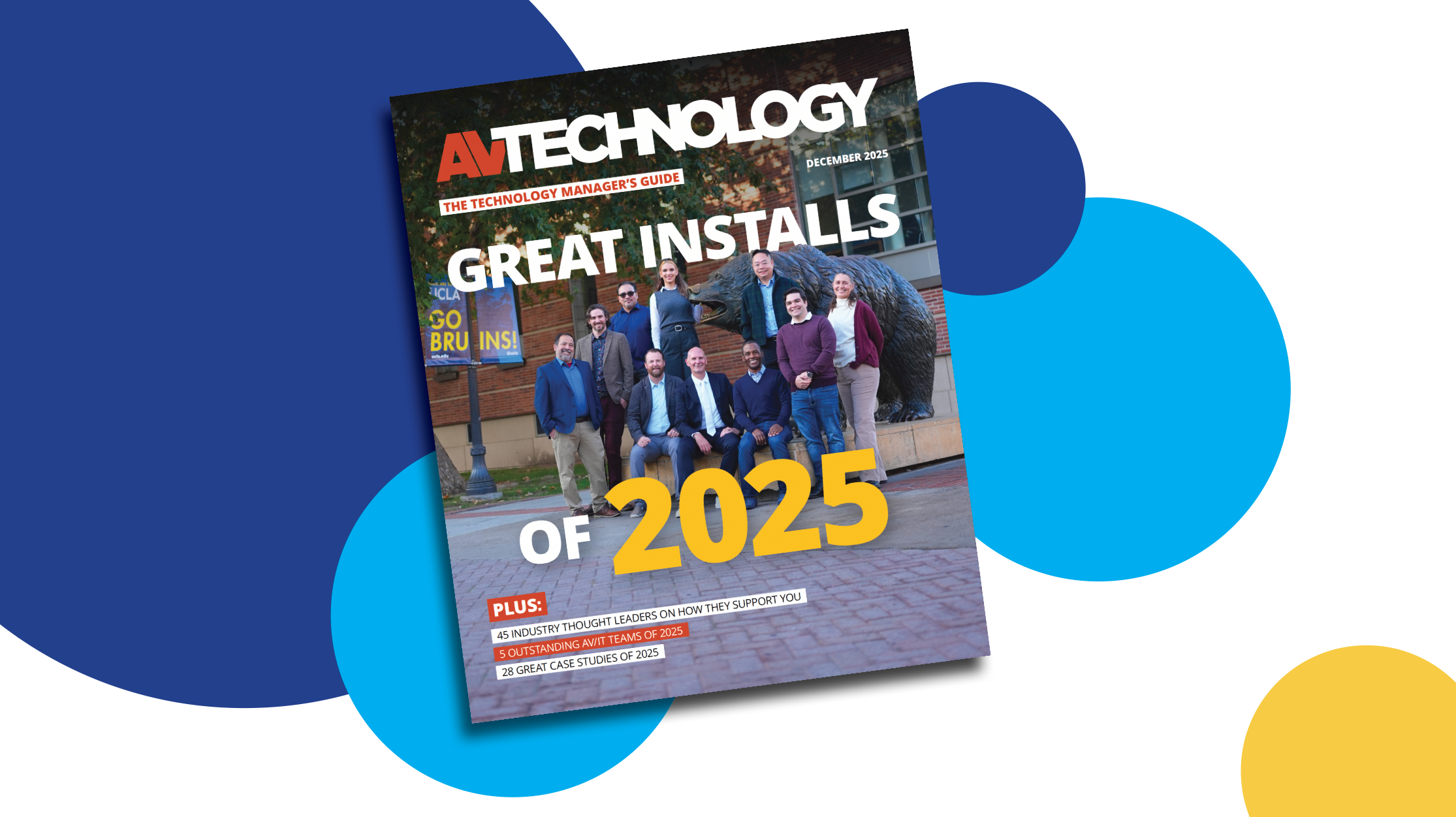On Next-Gen Audio: Panasonic Connect
Petro Shimonishi, Director of Pro AV Solutions and Connected Ecosystems at Panasonic Connect shares insight into trends and best practices for implementing next-gen audio into meeting spaces and classrooms.

AVT Question: Please share insight and best practices for implementing next-gen audio into meeting spaces and classrooms.
Thought Leader: Petro Shimonishi, Director of Pro AV Solutions and Connected Ecosystems at Panasonic Connect
In today’s hybrid world, it’s important that all meeting participants—regardless of location—have an equitable experience. Enlisting better audio technology to support these experiences, like corporate board meetings or university lectures, is very important. Organizations need to take current implementations one step further. The next step to true hybrid collaboration is making sure all technology—whether that’s audio, cameras, projectors, or displays—work together as one cohesive ecosystem.
Along with harnessing myriad audio options, make sure your audio applications work in tandem with other audiovisual equipment." —Petro Shimonishi, Director of Pro AV Solutions and Connected Ecosystems at Panasonic Connect
To get the most out of your implementation, harness the right audio technologies for the space and use case. Beamforming ceiling mic array systems with built-in acoustic echo cancellation provide a great hand-free solution in conference rooms. However, oftentimes it is necessary to augment the system with dedicated wireless microphones for teachers and presenters in larger spaces, or touch-to-speak microphone platforms for conferences and panels to improve speech audibility. Consider options with built-in DSP functions for automatic sensitivity adjustment, noise reduction, and echo cancellation to ensure that no matter where the speaker or listeners are in the room, everyone—in person or remotely attending—can digest the information just as easily.
Along with harnessing myriad audio options, make sure your audio applications work in tandem with other audiovisual equipment. Built-in integration with PTZ cameras provides critical tools like voice and facial tracking, providing an automated experience for the speaker, ensuring quality audio and visuals for all participants, and reducing the burden on support teams.
Furthermore, audio devices such as 360-degree camera speakerphones, which provide other audiovisual capabilities, are beneficial for small spaces. Built-in microphones, cameras, and 360-degree range, camera speakerphones make sure all in-person participants are seen and heard on a video call. Remote participants also feel more present and involved, as barriers to communication are removed and they can interact with each of their peers.
[15 AV/IT Thought Leaders On Streaming]
A daily selection of features, industry news, and analysis for tech managers. Sign up below.

Cindy Davis is the brand and content director of AV Technology (AVT). She was a critical member of the AVT editorial team when the title won the “Best Media Brand” laurel in the 2018 SIIA Jesse H. Neal Awards. Davis moderates several monthly AV/IT roundtables and enjoys facilitating and engaging in deeper conversations about the complex topics shaping the ever-evolving AV/IT industry. She explores the ethos of collaboration, hybrid workplaces, experiential spaces, and artificial intelligence to share with readers. Previously, she developed the TechDecisions brand of content sites for EH Publishing, named one of the “10 Great Business Media Websites” by B2B Media Business magazine. For more than 25 years, Davis has developed and delivered multiplatform content for AV/IT B2B and consumer electronics B2C publications, associations, and companies. A lifelong New Englander, Davis makes time for coastal hikes with her husband, Gary, and their Vizsla rescue, Dixie, sailing on one of Gloucester’s great schooners and sampling local IPAs. Connect with her on LinkedIn.
